Living in a small space doesn’t mean giving up comfort or function. Whether you’re in a studio apartment, a compact home, or just dealing with one tight room, smart storage can make all the difference. The key is choosing solutions that use space creatively—walls, under furniture, awkward corners, even doors can become storage opportunities.
Here are 19 practical, DIY-friendly storage ideas for small spaces. Use them as a guide to organize more effectively, while pairing your chosen images to show how they work in real life.
Use Vertical Space with Intention
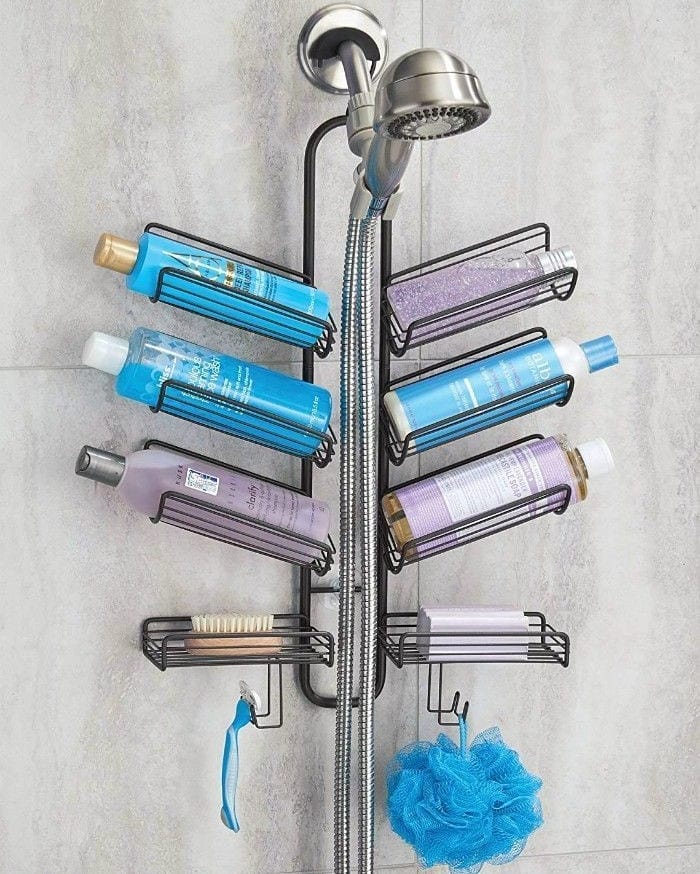
When square footage is limited, look up. Walls aren’t just for art.
Install shelves above doorways, around windows, or in narrow gaps. In kitchens, floating shelves above countertops can store glassware or pantry items. In bedrooms, a high shelf over the bed can hold books or baskets without feeling crowded.
Slim tall cabinets or leaning ladder shelves also help add height-based storage without taking up much floor space.
Choose Dual-Purpose Furniture
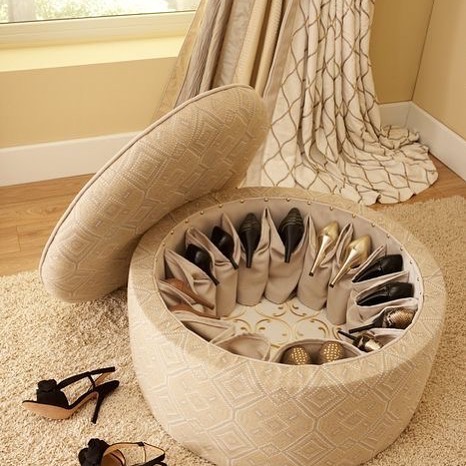
Look for furniture that stores while it serves.
- Beds with drawers underneath or lift-up frames.
- Ottomans or benches with storage inside.
- Coffee tables with hidden compartments or bottom shelves.
- Desks with vertical hutches or cubby sections.
These pieces blend storage into everyday use, reducing visual clutter and maximizing utility.
Under-Bed Isn’t Just for Kids
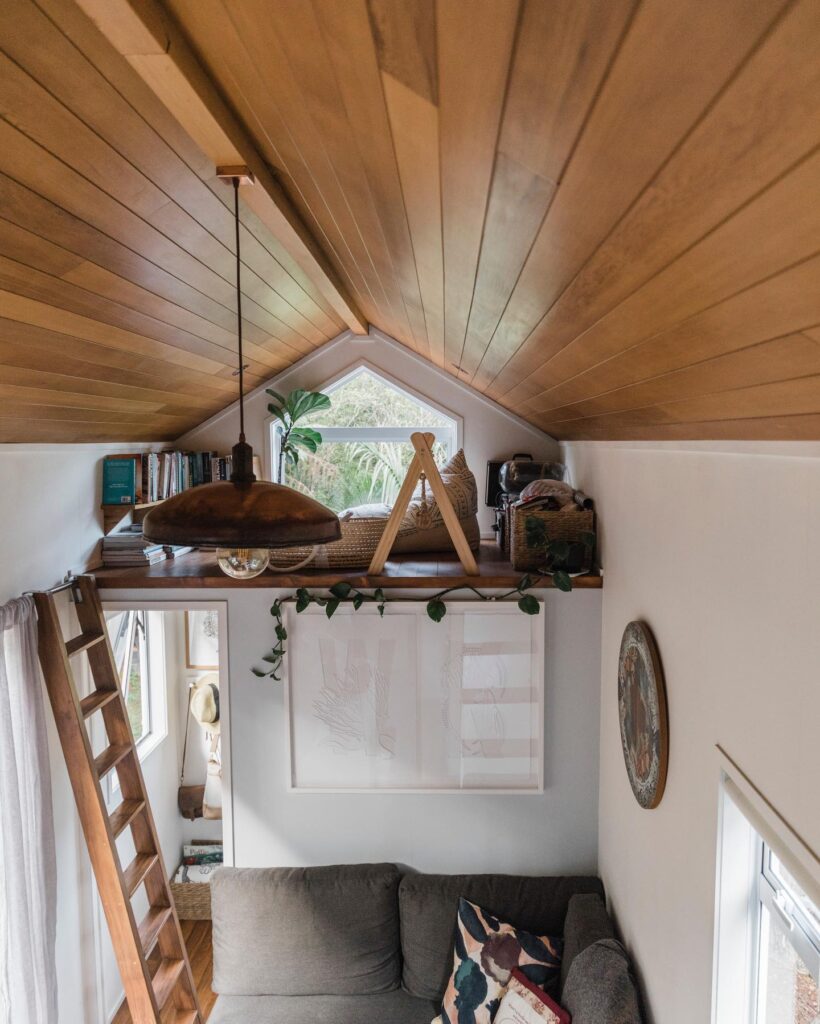
The space under the bed is prime real estate. Store off-season clothes, extra bedding, or shoes in low-profile rolling bins or zippered fabric containers.
For even better access, consider bed risers to lift the frame slightly higher, giving room for deeper bins without compromising aesthetics.
Take Advantage of Behind-the-Door Zones

Closet and room doors can be storage powerhouses with a few simple additions. Use:
- Over-the-door organizers for shoes, accessories, or cleaning supplies.
- Hooks or slim racks for robes, bags, or towels.
- Magnetic strips or small bins mounted to the inside of cabinet doors (great for spices or makeup).
This type of hidden storage is especially useful in bathrooms, pantries, and small kitchens.
Modular Storage That Adapts
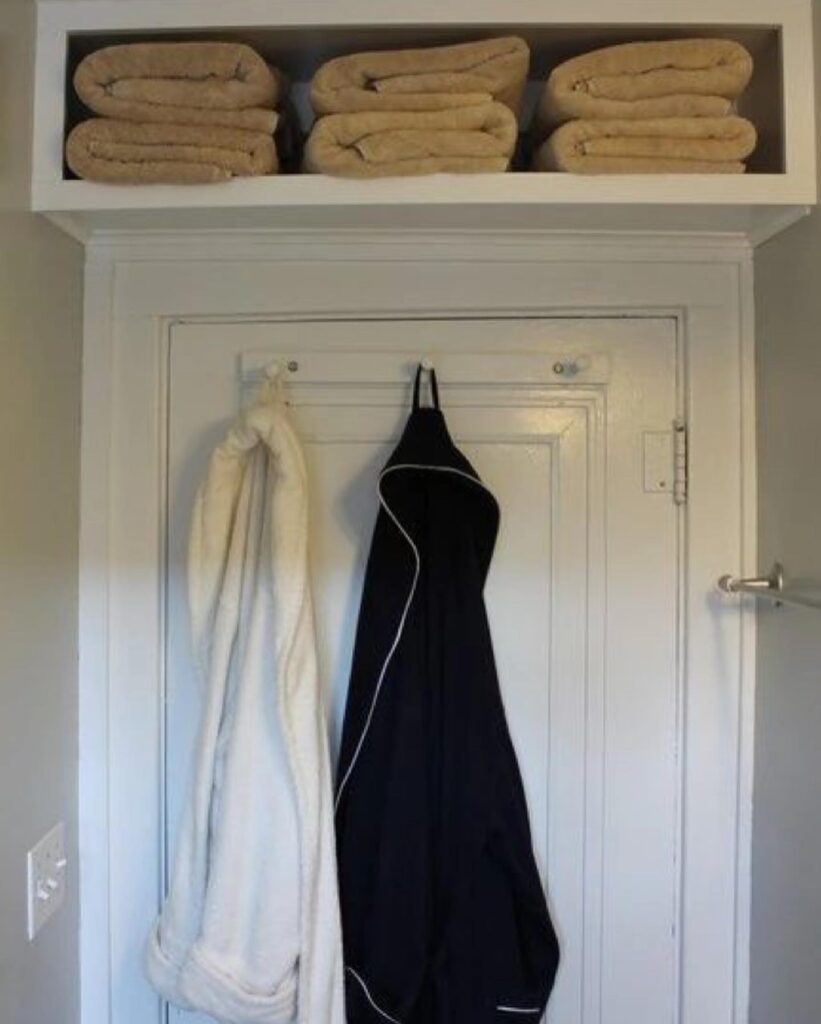
Modular systems work well in small spaces because they can change with your needs.
Stackable bins, cube shelves, and customizable closet systems allow you to build vertically, divide spaces, and fit storage into narrow gaps. In rental spaces, they’re ideal because they’re often freestanding and easy to move or reconfigure.
Floating Desks and Wall-Mounted Work Areas

A wall-mounted desk or fold-down worktop creates a functional workspace without taking up floor space. Pair it with a slim chair or folding stool that can be tucked away.
Above the desk, add shelves or a pegboard for supplies. This is a favorite for studio apartments or multi-use spaces that need to switch from living to working quickly.
Drawer Dividers: Small Upgrade, Big Impact
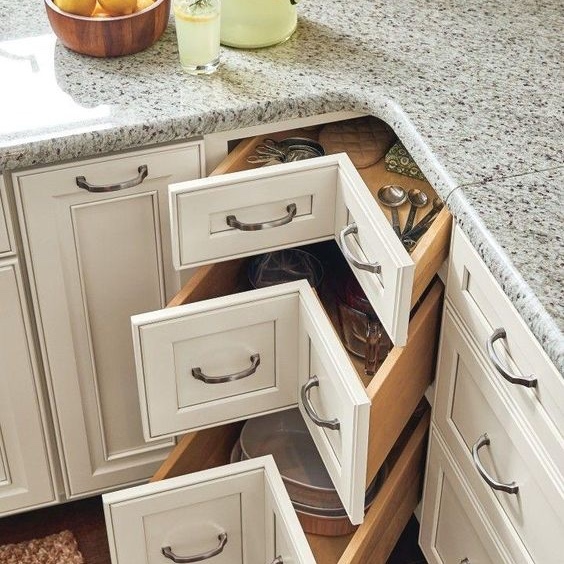
Tiny drawers can become black holes without internal organization. Use dividers to separate utensils, office supplies, tools, or cosmetics. This simple trick instantly adds order and saves time.
You can buy adjustable dividers or make your own using small boxes, repurposed containers, or even cardboard.
Storage Benches in Unexpected Places

Storage benches are versatile and can be used in entries, under windows, or at the foot of a bed.
They offer a place to sit while hiding shoes, seasonal clothing, or linens. If you’re short on wall space for shelves, benches can double as both seating and storage.
Corner Shelves to Fill Gaps

Corners are underused in many homes. Install floating corner shelves in kitchens, bathrooms, or bedrooms to hold plants, toiletries, or books.
In tight closets, use a triangular shelf or a corner rod to hang items without wasting inches.
Stack, Don’t Spread

Instead of spreading items across a space, stack vertically. Stackable containers or drawer units can organize under sinks, inside closets, or in pantries. Look for clear containers so you can see what’s inside at a glance.
This approach keeps the footprint small while maximizing capacity.
Hang Items Instead of Storing Them

Wall hooks, pegboards, magnetic strips, and rails are excellent for getting things off the floor and out of drawers.
Hang keys, kitchen tools, craft supplies, or even shoes. In small entryways, a single row of hooks and a narrow shelf can replace a bulky console table.
Think Inside the Closet
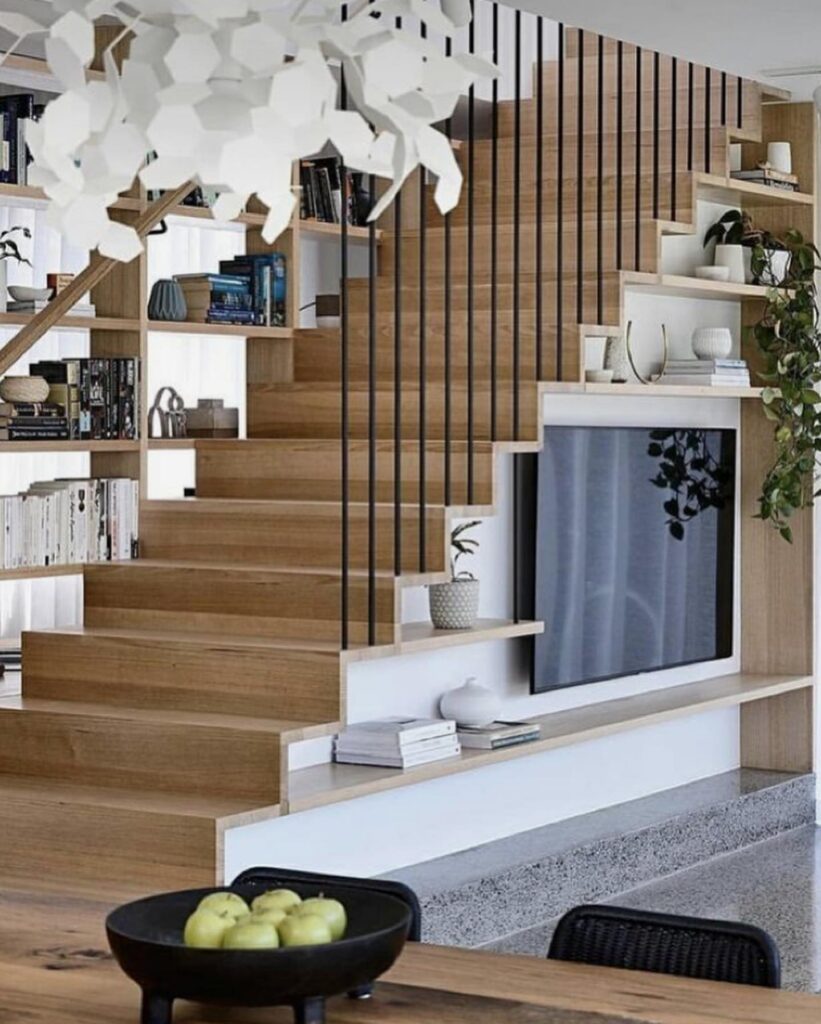
Closets are often full of wasted space. Make the most of them by adding:
- A second clothing rod at mid-height.
- Hanging organizers for shoes, bags, or folded items.
- Shelf risers to double stack folded clothes.
If you’re not using the closet floor or back of the door, that’s valuable space being missed.
Utilize Window Ledges and Sills
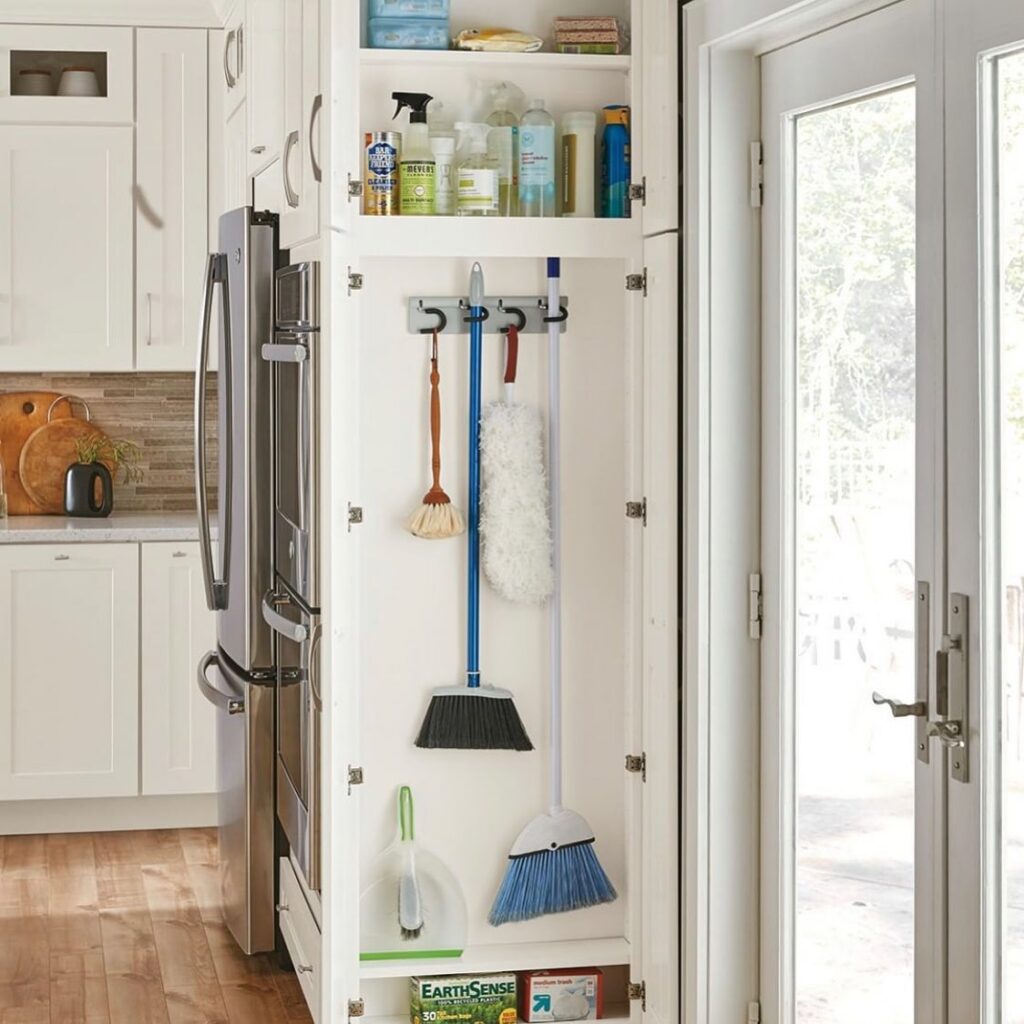
In small spaces, even a wide windowsill can double as a shelf. Store books, display plants, or add baskets for mail or toiletries.
In the kitchen, a sunny sill can act as extra space for herbs or spices.
DIY Storage Under Stairs
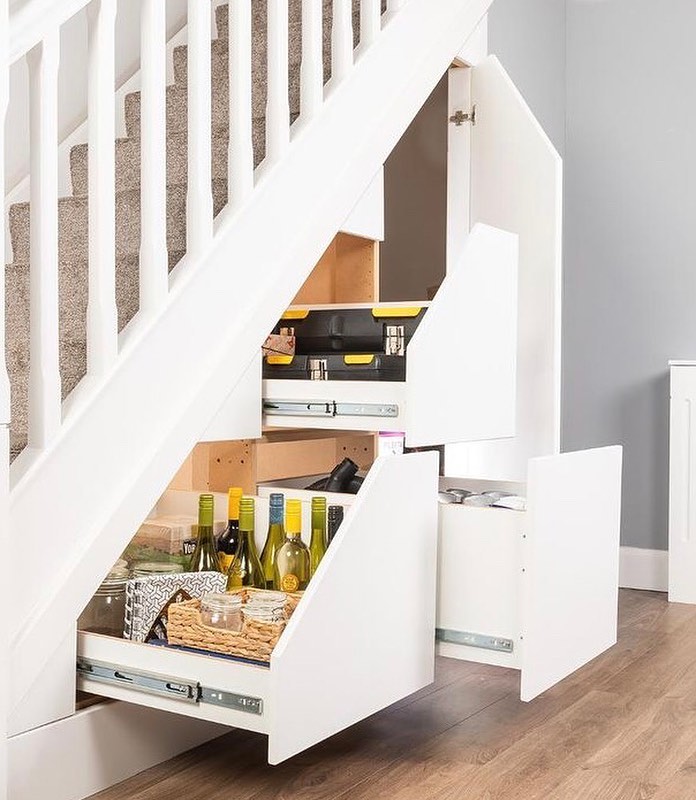
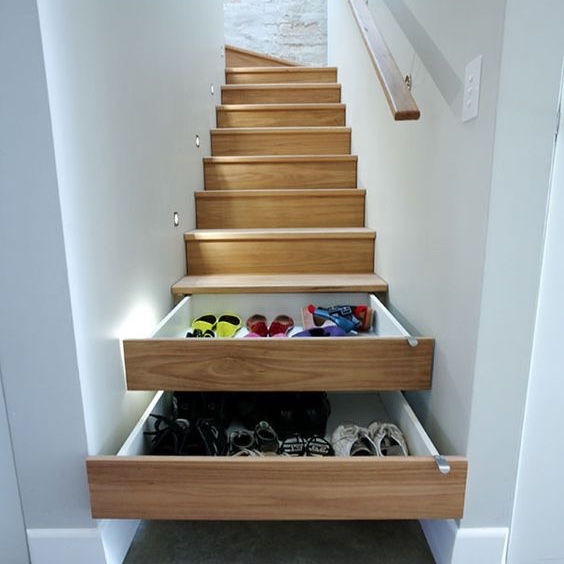
If you have stairs—even small steps—consider what’s underneath. Add cubbies, pull-out drawers, or even a fold-out desk in the nooks under staircases.
This area is often forgotten but can offer serious storage without altering your layout.
Rolling Carts for Mobile Storage
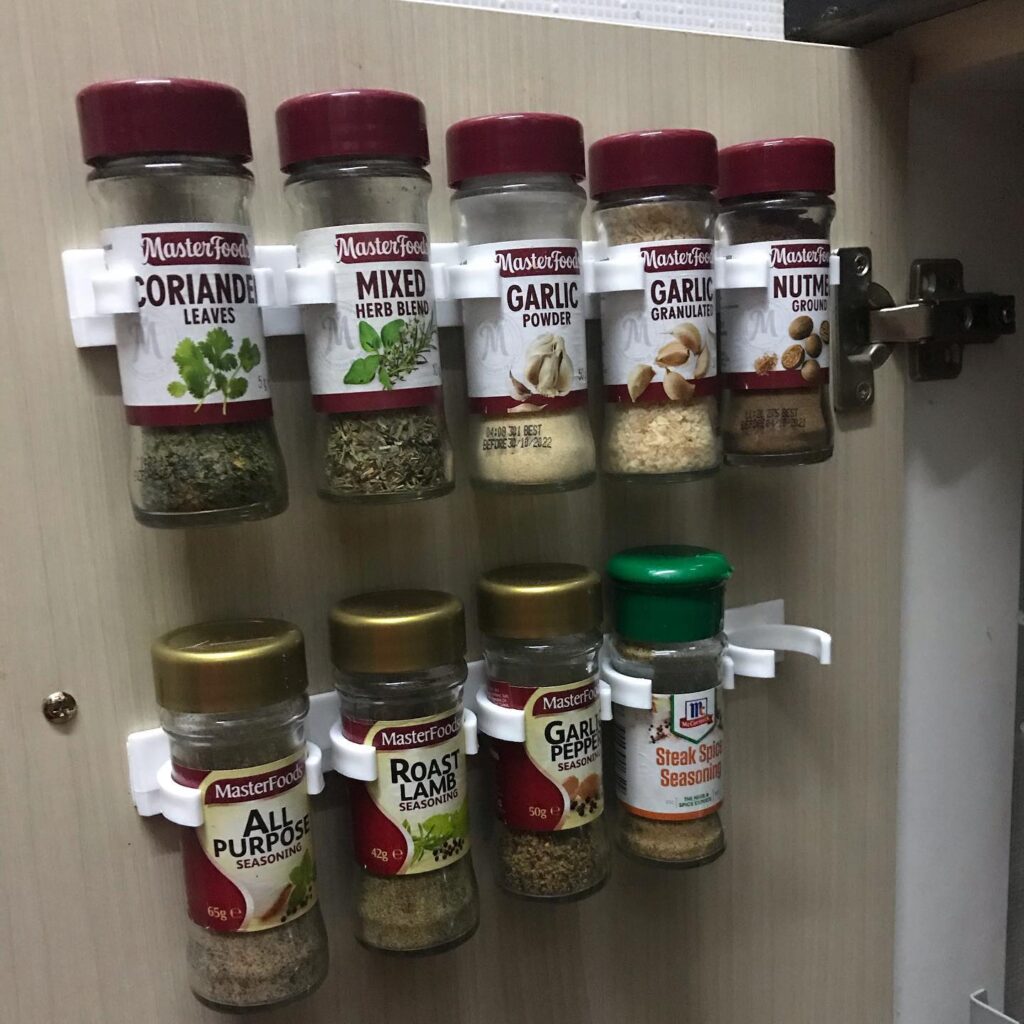
A slim rolling cart can tuck into tight spots—between the toilet and wall, next to a desk, or beside the couch. It can hold anything from snacks to hair products to craft supplies.
The bonus? You can roll it out of sight when not needed.
Baskets: Functional and Aesthetic
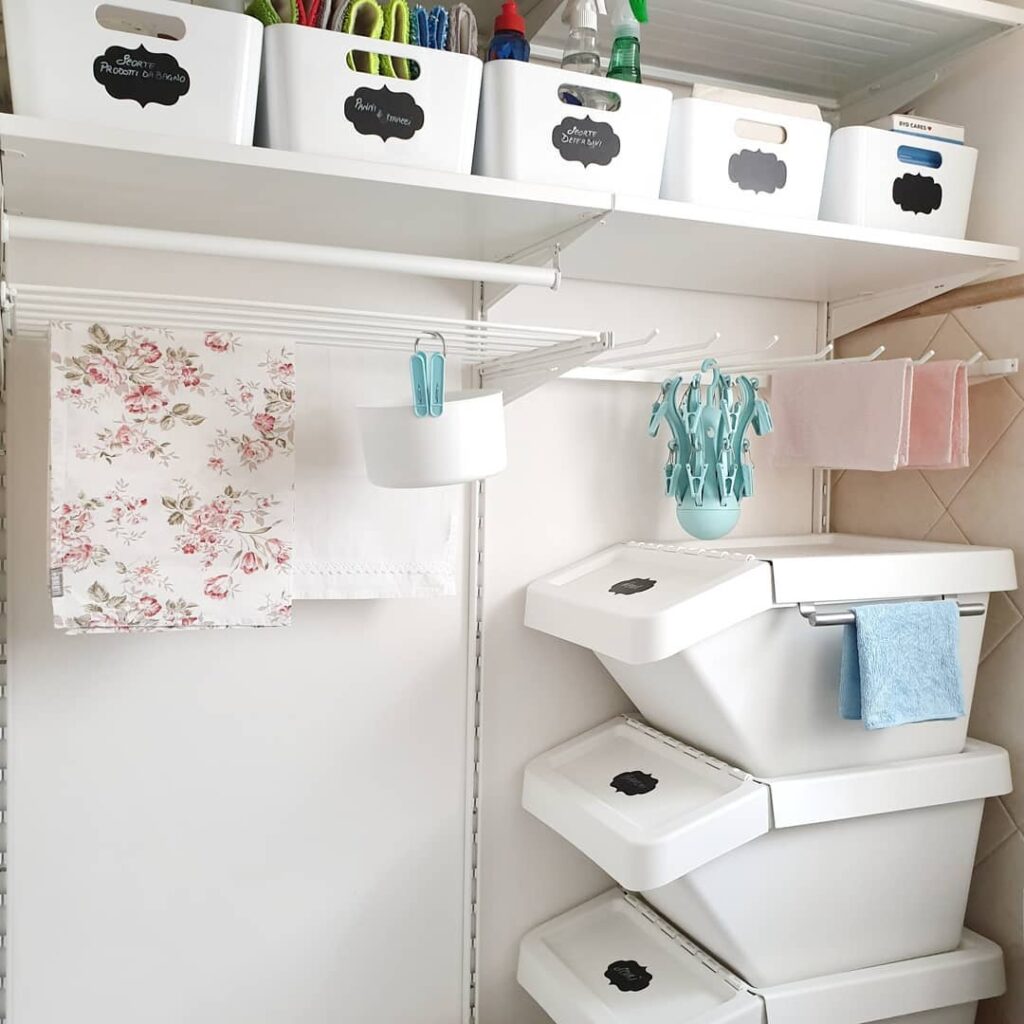
Use baskets to group items by type. Label them or choose different textures for each category—wicker for linens, fabric for toys, metal for tools. Stack them vertically on open shelving or hide them in cabinets.
They keep things accessible without the mess.
Store Up High with a Step Stool Handy

Install higher shelves for items you don’t use every day—holiday décor, spare towels, or memory boxes. Keep a small foldable step stool nearby so it’s easy to reach.
You’ll gain storage without cramping eye-level space.
Use Furniture Sides
The outer sides of cabinets or dressers are perfect for narrow rails, magnetic organizers, or hanging pockets. Great for storing remotes, notebooks, or kitchen tools in compact zones.
Keep Surfaces Clear, Store Intentionally
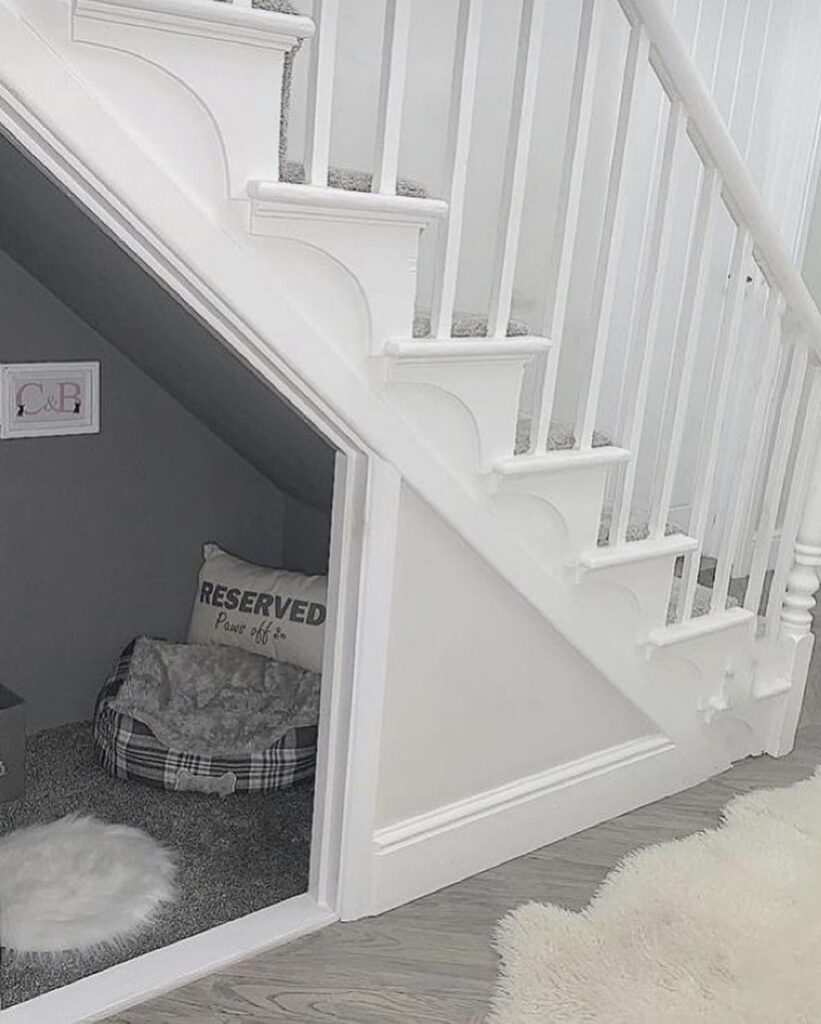
It’s not just about finding storage—it’s about managing visual clutter. Limit what’s stored on counters and tables. Store intentionally and rotate items in and out as needed. When things are put away, even a small space can feel twice as large.






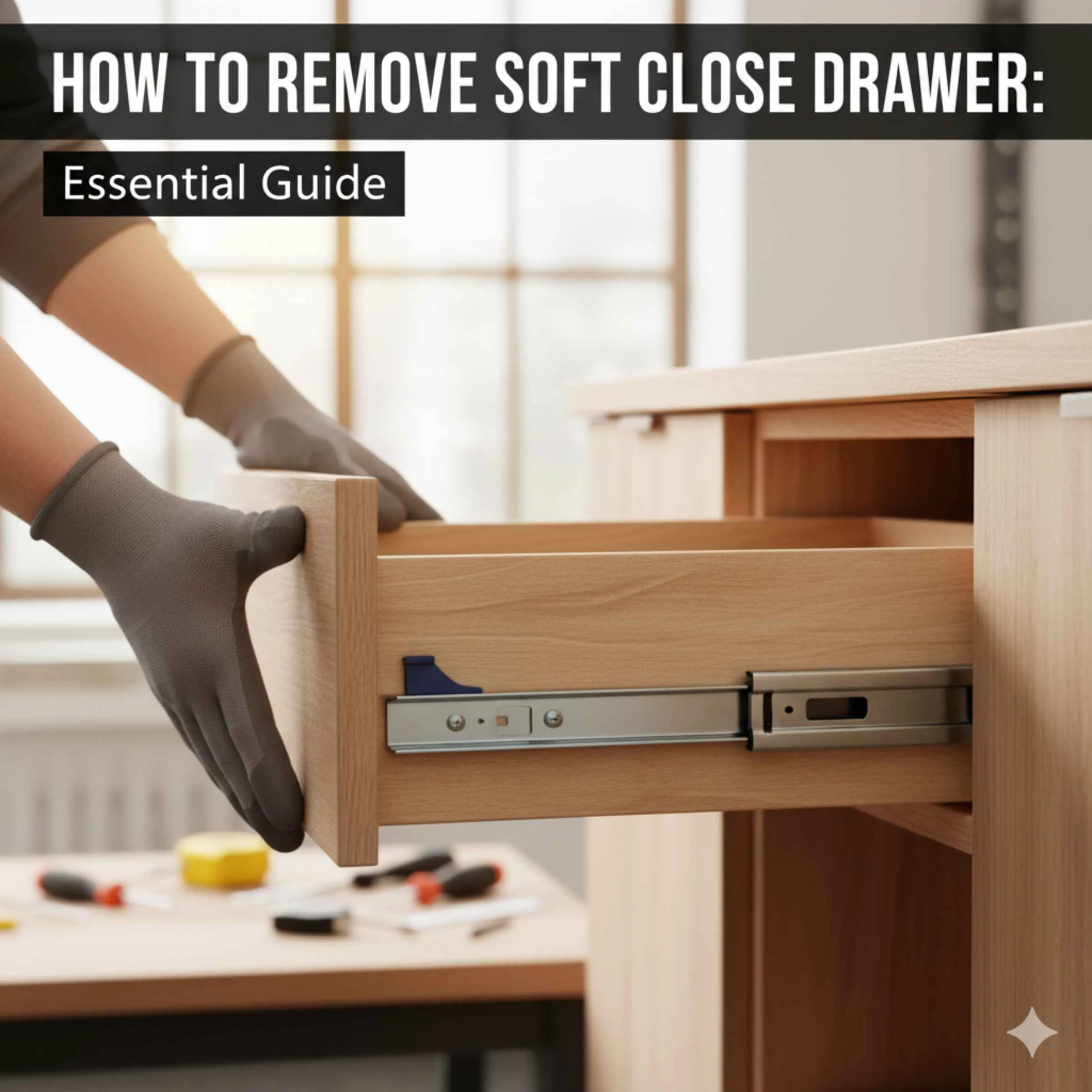
Leave a Reply